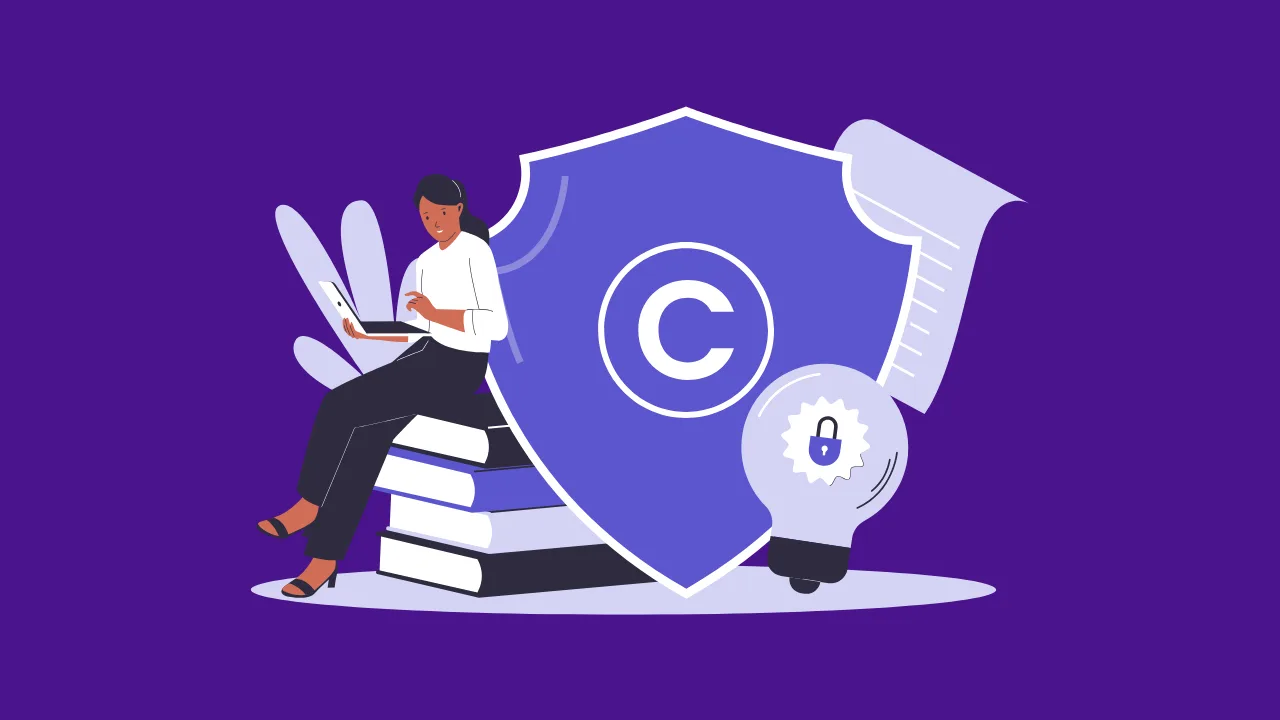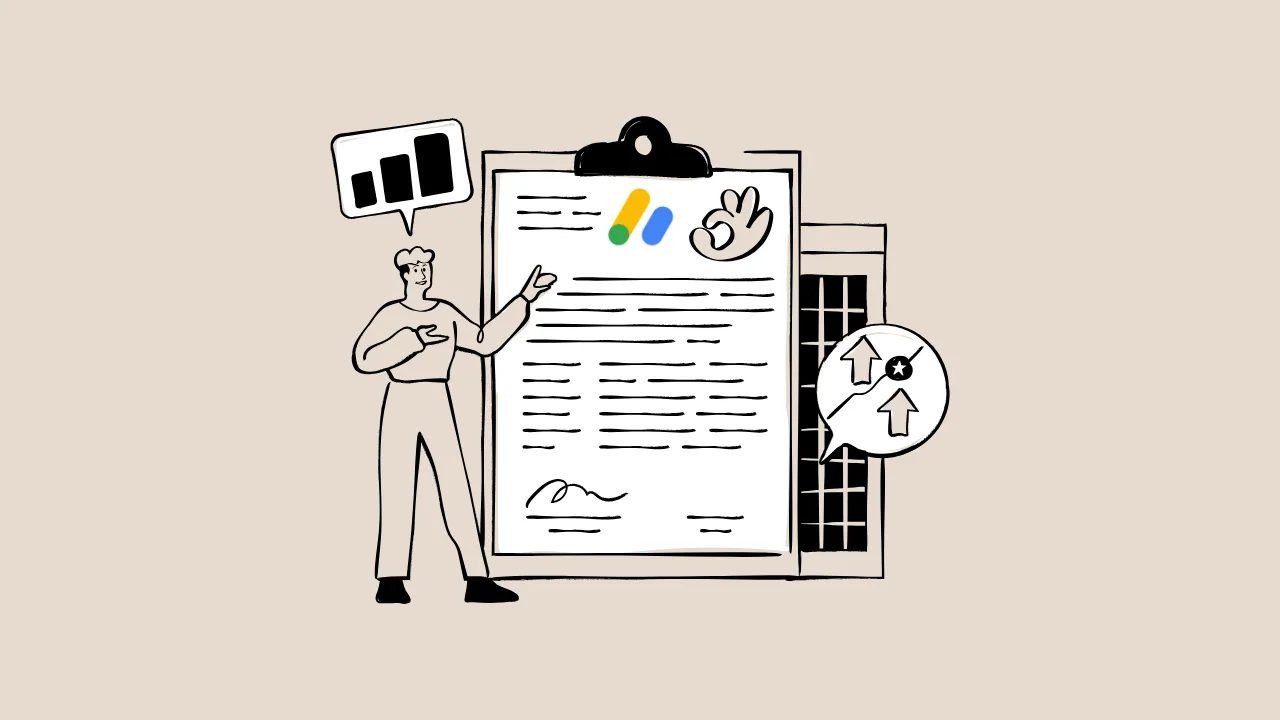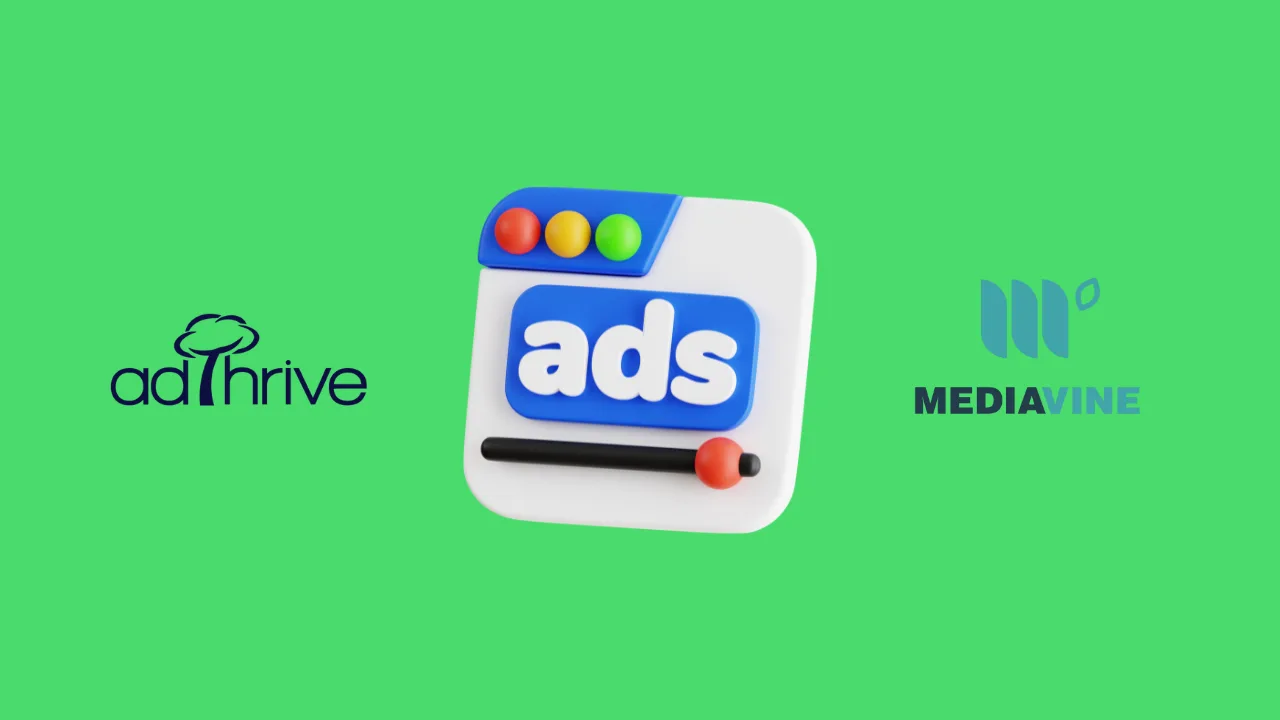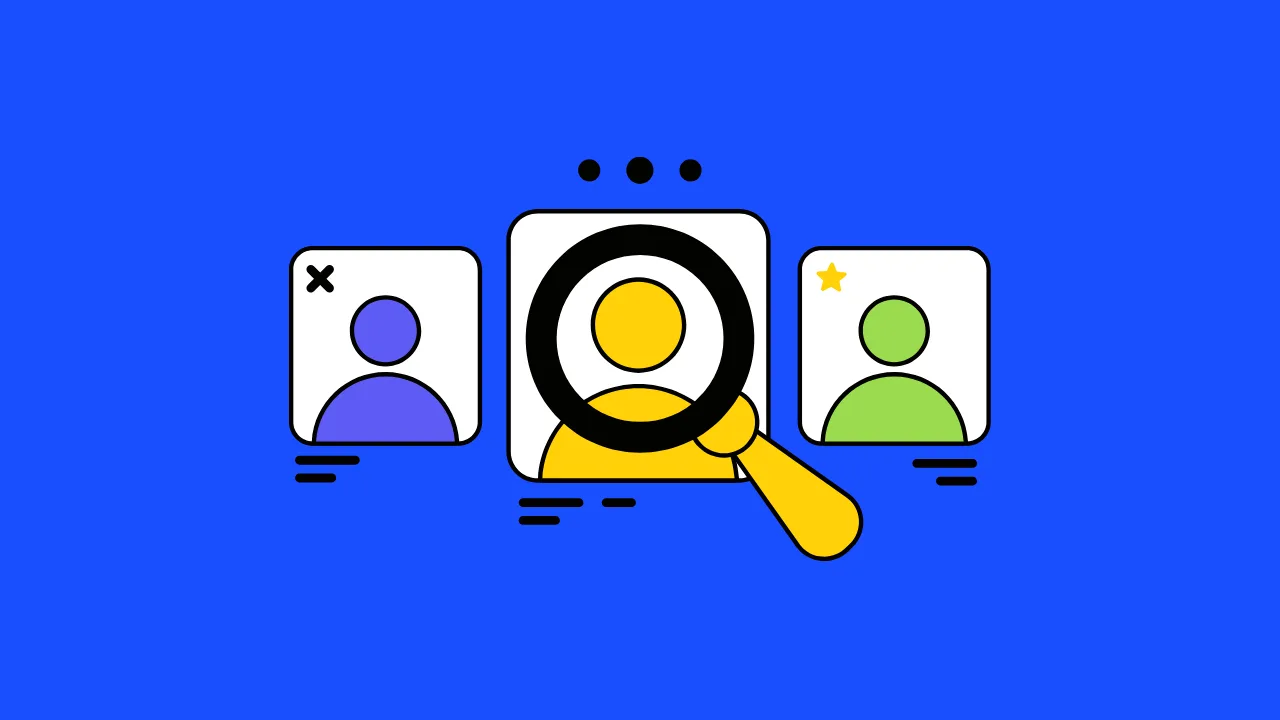You spot a cool picture online. It would make your blog post pop. But grab it without thinking, and boom—your AdSense dreams could crash. Why? Use copyrighted images legally keeps you safe from trouble and helps Google trust your site more.
So, what’s the big worry? Many new bloggers grab images from Google searches. This often leads to AdSense rejections for “copyrighted material.” It hurts your earnings and could spark legal fights. But don’t sweat it. Today, we’ll fix that pain point step by step.
What Is Copyright for Images?
Copyright is like a “no-touch” sign on a toy. It means the creator owns the image. They decide who can use it. Without permission, copying it breaks the law. This rule protects artists so they get credit and pay. For blogs, it ties to AdSense policies. Google checks your site for safe content.
Think of it this way: If you draw a picture, you want folks to ask before sharing. Copyright does that for everyone.
Why AdSense Copyrighted Material Causes Rejections
AdSense wants sites that follow rules. Using stolen images looks shady. It breaks Google’s trust. Plus, it hurts user experience—readers expect original, helpful stuff.
Here’s the deal: Copyright fights can shut down your account. Google says this to keep the web fair. Why does it matter? It builds E-E-A-T—your site’s smarts and reliability. Strong E-E-A-T speeds up AdSense approval.
To protect the rights of copyright holders and to comply with local and global copyright laws, we don’t allow ads to use copyrighted content in a way that infringes copyright.” — Google Advertising Policies Help Center
Fair Use for Images: When Can You Bend the Rules?
Fair use is like borrowing a friend’s book for a school report. You can use a small part of copyrighted work without asking. But it’s tricky for images on blogs.
What is it exactly? Fair use weighs four things: your goal (like teaching), the image type, how much you take, and if it hurts the owner’s sales. For blogs, it might cover a tiny clip in a review. But full images? Rarely okay.
Why matters it? Misusing fair use flags AdSense as risky. It impacts your strategy—stick to safe paths for steady growth.
How to Check If It’s Fair Use
Ask: Is my blog educational? Am I changing the image a lot? Does it steal views from the original? If yes to most, maybe. But experts warn: Don’t bet your blog on it.
“Fair use is in place for the greater good, to allow copyrighted works to be used without permission for the benefit of the public. Imagine not being able to quote a line from your favorite book in a blog post.” — Social Media Examiner
4 Easy Ways to Use Copyrighted Images Legally
Ready to dive in? Here are four proven paths. Each solves the “how do I get cool pics safely?” puzzle. Pick what fits your style.
Way 1: Hunt for Royalty-Free Images
Royalty-free images are like free samples at the store. Pay once (or nothing), use forever. No extra fees.
Why pick this? It skips legal headaches. Boosts your blog’s pro look for better AdSense odds.
How to Comply and Apply It
Search sites like Unsplash or Pixabay. Download, add credit if needed. Test: Use one in a post about pets.
Monetization win? Clean images mean happier readers and more ad clicks.
Way 2: Tap Into Creative Commons Licenses
Creative Commons is a sharing club. Creators label images for free use with rules, like “share alike.”
What is it? Tags like CC BY mean credit the maker. No tag? Don’t touch.
Practical Tips
Go to Creative Commons Search. Filter by license. Embed with HTML like this:
<img src="image-url.jpg" alt="Cute puppy" /> <p>Photo by Jane Doe on <a href="cc-link">Creative Commons</a>.</p>
This builds trust fast.
“The absolute best practice for using photography that doesn’t belong to you is to ask for permission first.” — A Photo Editor Blog
Way 3: Create Your Own Images
Snap your own pics! It’s like drawing your comic—totally yours.
Why matters? Original work screams E-E-A-T. Google loves unique sites.
Fix It Step by Step
Use your phone. Edit with free apps like Canva. Add to posts on travel tips.
Impact? It sets you apart. Earnings grow as fans stick around.
Way 4: Get Permission or Buy Licenses
Email the owner: “Can I use your pic?” Or buy from Shutterstock.
How to? Find contact on their site. Pay for stock if busy.
This way shines for pros. It shows respect, key for long-term wins.
If you’re legally allowed to use the content, you’ll need to be certified by Google to use this content in your ads.” — Google Advertising Policies Help Center
Comparison of Image Sources: Pick Your Best Bet
| Source Type | Key Feature | Best For | Price/ROI | Cons/Issues |
|---|---|---|---|---|
| Royalty-Free | Unlimited use after pay | Quick blog fillers | Free to $10/image; high clicks | Watermarks on free ones |
| Creative Commons | Free with attribution | Educational posts | Free; builds links | Must follow license rules |
| Own Creations | Full control, no fees | Personal brands | Free; top E-E-A-T | Time to make and edit |
| Licensed Stock | Pro quality, permissions | E-commerce blogs | $5-50/image; fast ROI | Higher cost upfront |
This table helps you decide fast. Match to your needs.
AdSense Copyrighted Material Checklist: Stay Safe
Follow this numbered list to check every image. It’s your quick fix tool.
- Ask: Who owns it? Search reverse image on Google. No clear owner? Skip.
- Hunt licenses. Look for CC or royalty-free tags.
- Credit right. Add name and link below the pic.
- Update old posts. Scan your blog. Swap bad images now.
- Test fair use? Only for tiny bits in reviews. Get advice if unsure.
Do this weekly. It keeps AdSense happy.
This chart shows top ways smart bloggers get pics. See? Own stuff leads!
Wrapping Up: Build a Bulletproof Blog Future
Think of it this way: Legal images are your blog’s shield. They dodge AdSense copyrighted material traps and lift fair use for images worries. Stick to royalty-free images and Creative Commons. Your site will shine with trust.
Looking ahead, Google might tighten AI image rules. Stay sharp—original wins always. You’ve got this. Start swapping one image today. Watch approvals roll in.
Frequently Asked Questions (FAQs)
Can I Use Google Images for My Blog?
No way! Google Images just searches. Most pics are copyrighted. Grab royalty-free instead to avoid bans.
What’s the Risk of Ignoring Fair Use for Images?
Big trouble. AdSense could reject you. Plus, owners might sue. Play safe with Creative Commons.
How Do I Attribute Royalty-Free Images?
Add: “Image by [Name] via [Site].” It’s quick and builds good vibes.
Does Using Creative Commons Hurt My SEO?
Nope! It helps. Links to sources boost your rank. Google loves helpful shares.
Why Bother with Legal Images for AdSense?
It proves your site’s pro. Faster money, happier readers. Win-win!






